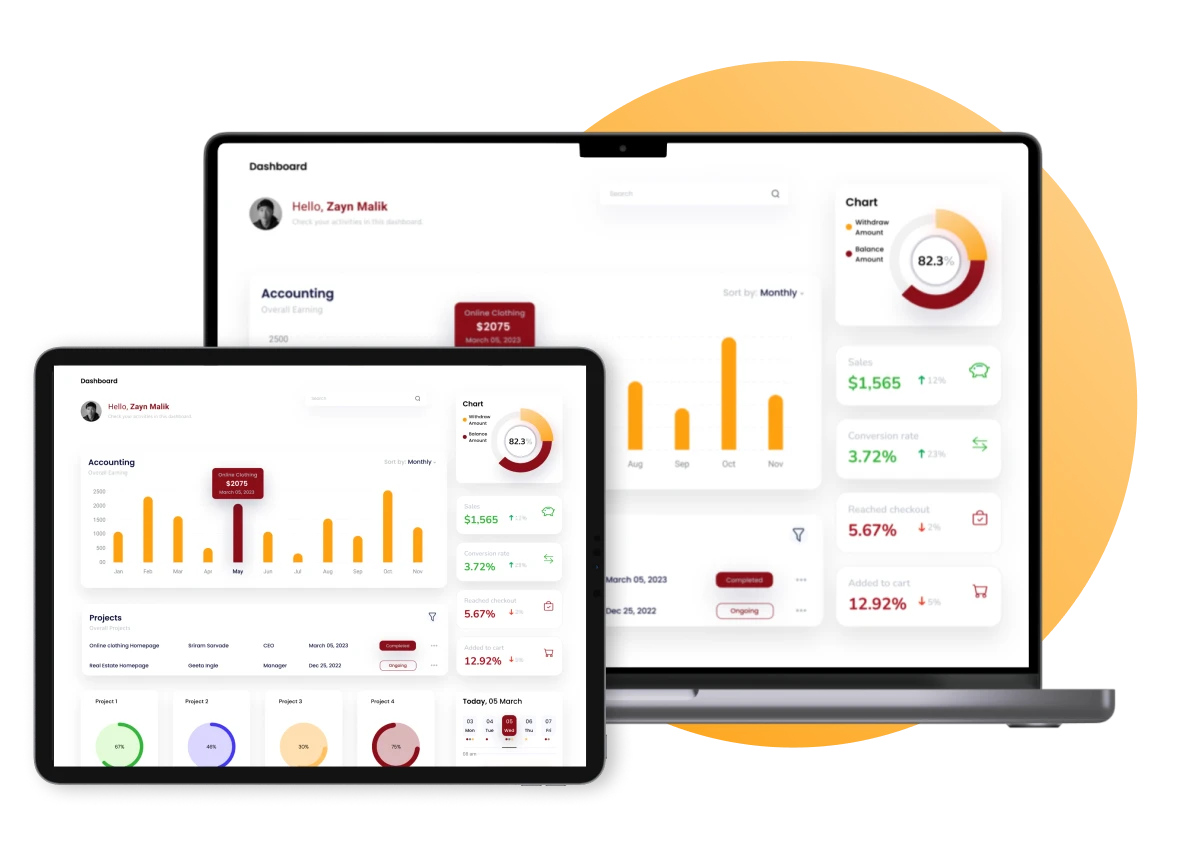Ramdam mo ba ‘yung epekto ng credit risk na ‘di maayos na na-handle? Many businesses in the Philippines experience significant setbacks from not automating their financial risk management. As a result, they often face customer defaults and payment delays, leading to serious liquidity crises.
This can trigger operational disruptions within their first year. This article highlights the importance of sophisticated financial risk strategies and demonstrates how advanced financial software can help businesses effectively manage credit risk. Read on to discover how!
Key Takeaways
|
Table of Contents
What is Financial Risk?
Financial risk involves the possibility of losing money on investments or business operations and can arise from various sources, such as market volatility, credit defaults, and liquidity crises. Effective financial risk management helps safeguard investments and ensure business continuity amidst these uncertainties.
Implementing robust financial risk management strategies is crucial to navigating these risks effectively. This involves identifying potential risk factors in your business environment, assessing their likelihood and potential impact, and taking appropriate actions to mitigate them.
Effective risk management protects investments and ensures a business’s operational continuity, even in turbulent times. By developing a clear understanding of these risks and preparing for them, businesses can stabilize their financial footing and more confidently focus on growth and expansion.
Types of Financial Risk
Understanding various types of financial risks is crucial for business stability and growth. These risks can arise from different sources and manifest in various ways, each potentially impacting a company’s financial health.
Some types of financial risk are:
- Market Risk: This involves potential losses due to fluctuations in market prices. It affects investments as market dynamics shift, impacting the overall financial standing of a business.
- Credit Risk: The risk of a loss arising when a borrower fails to fulfill their financial obligations. Credit risk primarily concerns lenders and can lead to significant financial downturns if not managed properly.
- Liquidity Risk: Associated with the challenge of quickly converting assets into cash without significant losses. Adequate liquidity is essential to meet short-term financial needs and obligations.
- Operational Risk: Stems from business operations, including system failures, fraud, and other disruptions. These can negatively affect the operational and financial aspects of a company.
Understanding these risks is the first step; effectively managing them is vital for securing a company’s financial future. Using a comprehensive accounting system is one of the ways to minimize the risk. Strategies must be developed to mitigate these risks, involving detailed risk assessment and the implementation of policies to minimize potential negative impacts.
Effective Management of Financial Risk
Effective financial risk management integrates various strategies and tools to assess, monitor, and mitigate potential financial threats. This begins with a thorough risk identification process, where businesses determine which risks are relevant to their operations.
Following that, they must evaluate the potential impact and likelihood of these risks using qualitative and quantitative analysis techniques. An integral part of this process is implementing robust risk monitoring systems that track risk exposure over time. These systems help to prevent accounting fraud and other financial irregularities.
These measures are tailored to buffer the business against financial shocks, including using hedge accounting to manage exposure to fluctuations in market conditions. Tools like HashMicro have features that support risk management efforts. Try our software for free and feel the difference yourself by clicking on the banner below.
Strategies for Financial Risk Management
With evolving financial risks, businesses must employ various strategies to safeguard their operations and investments. Effective financial risk management is crucial for long-term sustainability and requires a proactive approach.
Several strategies for managing financial risk are:
- Diversification: This strategy involves spreading investments across different asset classes or sectors to minimize risk. By not relying on a single investment, businesses can buffer against the underperformance of any one asset.
- Hedging: Businesses use financial instruments like futures or options to offset potential losses. Hedging can protect companies from adverse price movements or fluctuations in foreign exchange rates.
- Insurance: Purchasing insurance is a common way to transfer risk. In exchange for a premium, businesses can protect themselves from specific financial risks, such as property damage or liability.
- Strict Credit Controls: Establishing strong credit policies ensures that businesses carefully assess the creditworthiness of their customers and partners. This reduces the risk of defaults and improves overall financial stability.
By implementing these strategies, businesses can more effectively manage financial risks and create a more resilient financial framework. Combining these approaches with modern financial management tools can offer deeper insights and enhanced control over financial performance.
Easily Manage Financial Risk With HashMicro’s Accounting Software
Managing financial risk is a critical component of business success, and having the right tools in place can make all the difference. HashMicro’s accounting software provides a range of features that streamline financial processes, giving businesses better control over risk management.
Features of HashMicro’s Accounting Software:
- Profit & Loss vs. Budget & Forecast: Continuously track profit and loss against budgeted figures and forecasts, allowing businesses to stay on top of financial performance and identify gaps early.
- Cashflow Reports: Monitor cash flow effectively to ensure sufficient liquidity for operations and investments, minimizing the risk of cash shortages.
- Multi-Level Analytical Tools: Compare financial statements across different branches, projects, or departments, providing deep insights into specific areas of the business for more informed decision-making.
- Financial Ratios: Evaluate the financial health of your business using key ratios, offering a comprehensive understanding of profitability, liquidity, and solvency.
By leveraging these features, businesses can better manage financial risks, ensuring smoother operations and resilience. Unlike other Financial management systems, HashMicro fully complies with Philippine regulations, providing real-time insights and precise financial control, enabling businesses to navigate challenges confidently.
Conclusion
Overlooking financial risk management can lead to severe consequences. Businesses must implement robust strategies, such as diversification and strict credit controls, to mitigate these risks. Combining these with advanced financial reporting software ensures businesses stay ahead of potential challenges, allowing them to make informed decisions in real-time.
By trusting HashMicro, businesses can effortlessly track their financial health, forecast future risks, and ensure compliance with local regulations specifically tailored to the Philippine market. Want to experience it firsthand? Sign up for a free demo today!
Frequently Asked Questions
-
What is financial risk in business example?
Financial risk in business includes the potential for loss due to factors like market fluctuations. An example is losing revenue due to sudden interest rate increases affecting loan repayments.
-
How do you identify financial risks?
Financial risks are identified by assessing market trends, reviewing financial statements, and conducting risk assessments for credit, liquidity, and operational factors. These methods of business operations can help spot vulnerabilities.
-
What is the most common example of risk financing?
The most common example of risk financing is purchasing insurance, which transfers the financial burden of potential risks to an insurer in exchange for regular premium payments. It helps protect against unexpected losses.



























